Motors
European Commission Regulation (EU) 2019/1781 sets new requirements for electric motors and variable speed drives

The new Regulation (EU) 2019/1781 laying down ecodesign requirements for electric motors and variable speed drives was published in the Official Journal (L 272) of the European Union on 25 October 2019, replacing the existing Regulation (EC) 640/2009. The new regulation has to be implemented starting 1 July 2021. The second implementation stage starts 1 July 2023. The new regulation extends the scope with regard to the types as well as power ranges of electric motors and, for the first time, also sets requirements for the energy efficiency class of variable speed drives.
From 1 July 2021 on, the new scope of the regulation will cover induction electric motors without brushes, commutators, slip rings or electrical connections to the rotor, rated for operation on a 50 Hz, 60 Hz or 50/60 Hz sinusoidal voltage, which have the following characteristics:
- 2, 4, 6 or 8 poles
- A rated voltage UN above 50 V and up to and including 1 000 V
- A rated power output PN from 0.12 kW up to and including 1 000 kW
- Are rated on the basis of continuous duty operation (duty types S1, S3 >=80 % or S6 >=80 %)
- Are rated for direct on-line operation
The regulation also covers variable speed drives with the following characteristics:
- With 3 phases input
- Designed for operation with an electric motor covered within the motor scope, with the rated output power 0.12 kW to <=1 000 kW
- A rated voltage above 100 V and up to and including 1 000 V AC
- Only one AC voltage output
Exemptions from these efficiency requirements :
- Explosion-protected motors specifically designed and certified for mining, as defined in Annex I, point 1 of Directive 2014/34/EU of the European Parliament and of the Council
- Motors in cordless or battery-operated equipment
- Totally Enclosed Non-Ventilated (TENV) motors
Please contact your national association with any questions or for further information.
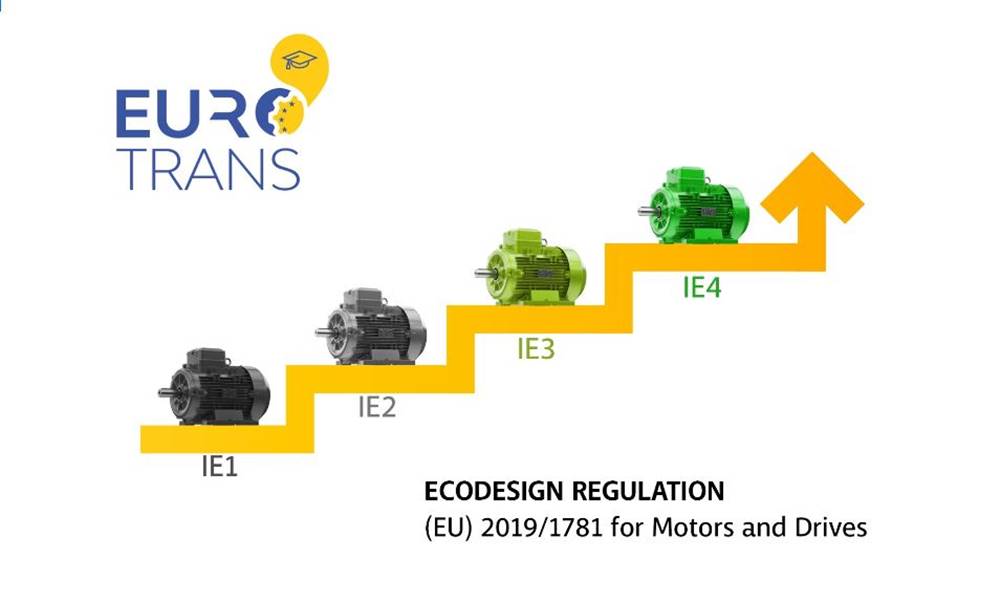
Sources:
-
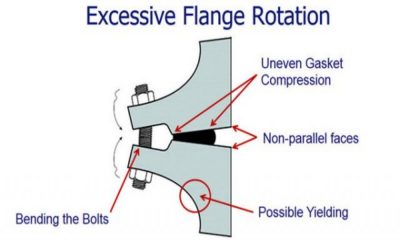
 Industrial Hardware and Machine Parts9 years ago
Industrial Hardware and Machine Parts9 years agoThe necessity of bolted flange connection training
-
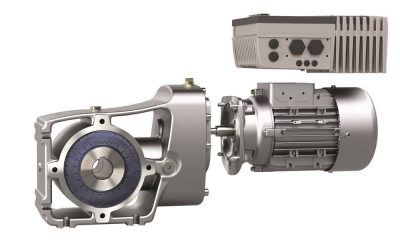
 Drive systems6 years ago
Drive systems6 years agoIntelligent frequency inverters for digital production
-

 Motors9 years ago
Motors9 years agoNew generation of hollow shaft motors
-

 Industrial Hardware and Machine Parts8 years ago
Industrial Hardware and Machine Parts8 years agoABB and Formula E partner to write the future of e-mobility
-
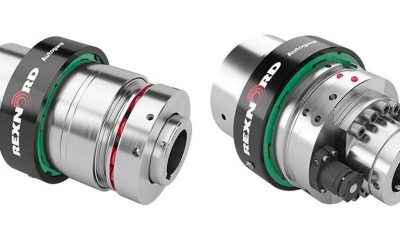
 Industrial Hardware and Machine Parts8 years ago
Industrial Hardware and Machine Parts8 years agoRexnord adds to its Autogard Torque Limiters with the XG Series
-

 Motors9 years ago
Motors9 years agoZF Technology on the Winners’ Podium of the Dakar Rally 2017
-
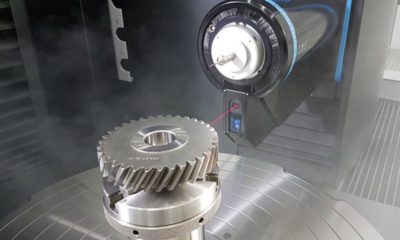
 Gear drives8 years ago
Gear drives8 years agoKlingelnberg at control 2018: Tactile and optical measurement on one machine
-
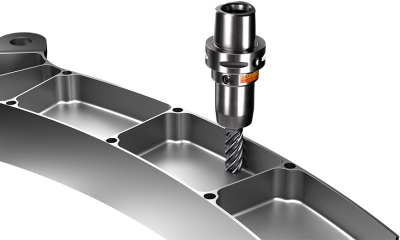
 Motors8 years ago
Motors8 years agoGet a first-class ticket to productivity
-

 Motion control8 years ago
Motion control8 years agoWhere the robots come from?
-

 Motion control8 years ago
Motion control8 years agoRexnord to Acquire Centa Power Transmission
-

 POWER TRANSMISSION TECHNOLOGIES5 years ago
POWER TRANSMISSION TECHNOLOGIES5 years agoEUROTRANS Board meets for its first session in 2021
-
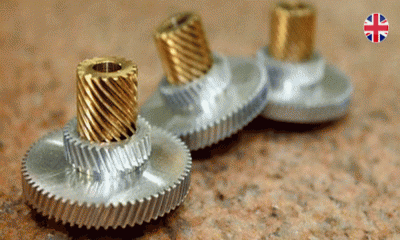
 Industrial Hardware and Machine Parts9 years ago
Industrial Hardware and Machine Parts9 years agoCustom hobbing tool enables 45-degree angles















